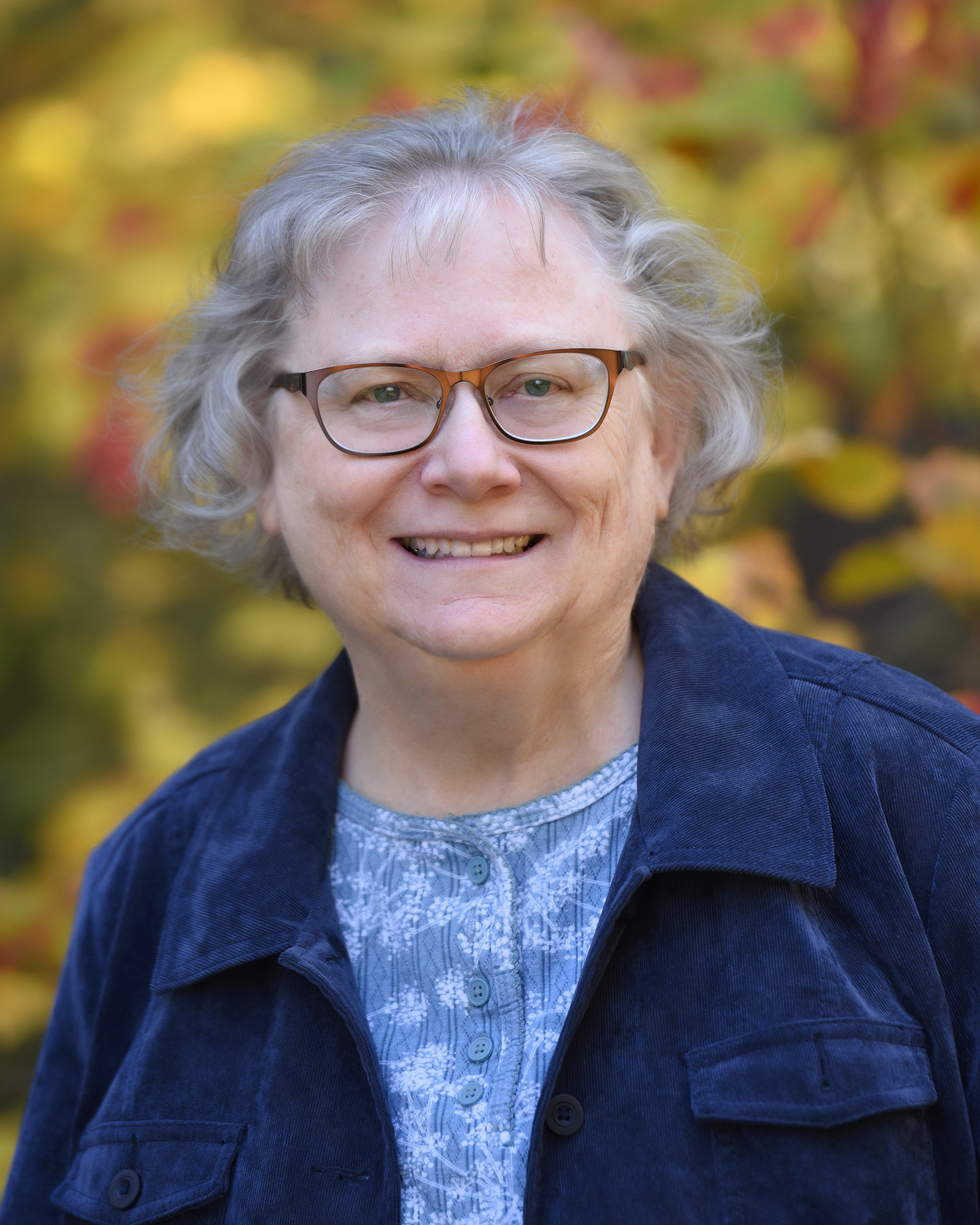 Having lived in Hingham the majority of my life, and with ancestors who lived there three centuries ago, I ought to have a good grasp of the Hingham records – but not so much. The problem begins with the fact that the Hingham vital records have not been published. For 121 years researchers of Hingham families have relied on George Lincoln’s 1893 History of the Town of Hingham, Massachusetts, as the “go to” source. Because his two-volume section on genealogies is impressive and the vital records are not in print, Lincoln’s work functions as a substitute “vital records.” I used to receive town certificates that referred to the book and page of Lincoln’s History as their source – I should note that I do not know whether that practice is still in use; I hope not.
Having lived in Hingham the majority of my life, and with ancestors who lived there three centuries ago, I ought to have a good grasp of the Hingham records – but not so much. The problem begins with the fact that the Hingham vital records have not been published. For 121 years researchers of Hingham families have relied on George Lincoln’s 1893 History of the Town of Hingham, Massachusetts, as the “go to” source. Because his two-volume section on genealogies is impressive and the vital records are not in print, Lincoln’s work functions as a substitute “vital records.” I used to receive town certificates that referred to the book and page of Lincoln’s History as their source – I should note that I do not know whether that practice is still in use; I hope not.
The “original” records are a mish-mash of originals, eighteenth-century copies, nineteenth-century copies, interpretations, abstracts, re-interpretations, and so forth, so it is understandable that no one has tackled their consolidated publication. These days, they are available through Internet sources – provided one is determined enough to look them up.
The entire collection of records was microfilmed by the LDS Library and has been available for many years, but it has recently become searchable (to an extent; the index often contains errors) on Ancestry.com through a newer filming by Jay and Delene Holbrook entitled Massachusetts, Town and Vital Records, 1620-1988. NEHGS has a completely separate copy of some of the records made by Reuben Hersey between 1832 and 1844 that is searchable on AmericanAncestors.org. The oldest records come from the Rev. Peter Hobart’s journal, published serially throughout Volume 121 of the Register, and also available on AmericanAncestors.org. However, this is a compiled collection from various transcriptions, the tortuous provenance of which is detailed in the introduction to the article, and when compared to microfilmed versions can be quite different.
To do a comprehensive search of Hingham records one must compare Lincoln’s History, the published Hobart Journal, and all of the digital versions, which do not always agree. Lincoln’s version is the least reliable.
Oh, yes, then there is the problem of counties. Hingham is presently in Plymouth County, but it was originally part of the Massachusetts Bay Colony, so its earliest probate and land records, from 1643 to 1793, are in Suffolk County. From 1793 to 1803, they are in Norfolk County, and thereafter in Plymouth County. Not to mention that the eastern part of Hingham was split off to become Cohasset in 1770 and is still in Norfolk County!
Eleanor Roosevelt once said Hingham’s Main Street was the loveliest in the country, but she never had to deal with the records.
Share this:

About Alicia Crane Williams
Alicia Crane Williams, FASG, Lead Genealogist of Early Families of New England Study Project, has compiled and edited numerous important genealogical publications including The Mayflower Descendant and the Alden Family “Silver Book” Five Generations project of the Mayflower Society. Most recently, she is the author of the 2017 edition of The Babson Genealogy, 1606-2017, Descendants of Thomas and Isabel Babson who first arrived in Salem, Massachusetts, in 1637. Alicia has served as Historian of the Massachusetts Society of Mayflower Descendants, Assistant Historian General at the General Society of Mayflower Descendants, and as Genealogist of the Alden Kindred of America. She earned a bachelor’s degree from the University of Connecticut and a master’s degree in History from Northeastern University.View all posts by Alicia Crane Williams →